The core highlight of this filter is its built-in silicone sheet filter layer. As a high-performance elastic material, silicone has high-temperature resistance, aging resistance, corrosion resistance,...
See Details [email protected]
[email protected] +86-18857088392
+86-18857088392 No. 1, Guihua 'an Road, Qinggang Xiaohu Family, Mushan Town, Yuyao , Zhejiang, CHINA
No. 1, Guihua 'an Road, Qinggang Xiaohu Family, Mushan Town, Yuyao , Zhejiang, CHINA
What harmful substances can household water filters remove? Analysis of filtration effect
Industry News-1. Chlorine and Chlorides
1.1 Problem: The Source and Impact of Chlorine
Chlorine is commonly used as a disinfectant in water treatment. Water companies add chlorine to ensure that harmful microorganisms in the water are killed. Despite its important role in disinfection, chlorine brings certain issues.Chlorine has a strong odor and taste, making the water unpleasant to drink. Long-term exposure to chlorine can have adverse effects on the skin and respiratory system. Chlorine’s residual chemicals may also negatively impact those sensitive to its taste and odor, affecting the quality of life.
1.2 Water Filter Function: Removal of Chlorine and Chlorides
Home water filters can remove chlorine through various methods. The most common method is using activated carbon filters. Activated carbon has a powerful adsorption capability, removing chlorine and chlorides and improving the water’s taste and smell. Additionally, reverse osmosis (RO) systems can also effectively remove chlorine and its by-products. By using these filtration technologies, your household drinking water will no longer have the unpleasant chlorine taste, resulting in fresher and more palatable water.
1.3 Effectiveness of Filtration
Studies have shown that activated carbon filters can effectively remove chlorine from water, typically achieving filtration rates of over 90%. Homes that install reverse osmosis systems can further remove more harmful substances, including chlorine, ensuring safer and purer water.
2. Heavy Metals (Lead, Mercury, Arsenic)
2.1 Problem: The Dangers of Heavy Metal Pollution
Water contamination from heavy metals may stem from industrial discharge, inadequate wastewater treatment, aging pipes, and agricultural use of fertilizers and pesticides. Long-term consumption of heavy metals such as lead, mercury, and arsenic can cause various health issues. For example, lead can harm the nervous system, particularly in children, mercury affects the kidneys and nervous system, and arsenic exposure increases the risk of cancer.
2.2 Water Filter Function: Removal of Heavy Metals
Reverse osmosis (RO) water filters are among the most effective devices for removing heavy metals. RO filters work by using semi-permeable membranes to remove heavy metals like lead, mercury, and arsenic. Some advanced activated carbon filters can also absorb heavy metals, especially lead, providing additional protection.
2.3 Effectiveness of Filtration
With reverse osmosis systems, more than 90% of heavy metals such as lead, mercury, and arsenic can be removed from the water. Even water sourced from old pipes will have significantly reduced heavy metal content when filtered through an RO system, ensuring safer drinking water.
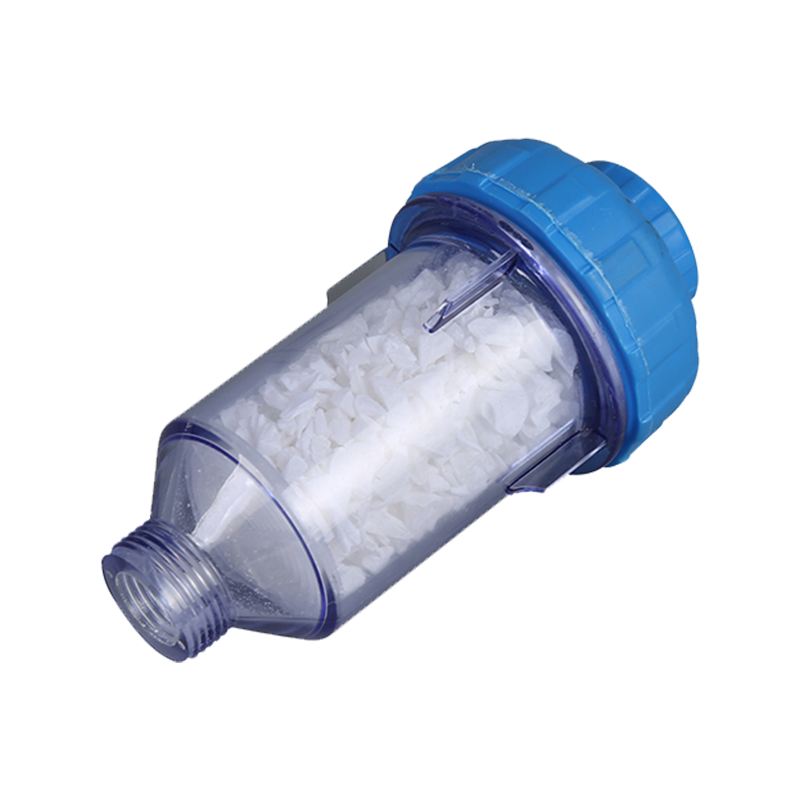
3. Bacteria and Viruses
3.1 Problem: Microbial Contamination and Its Health Risks
Bacteria and viruses are common contaminants in water. While chlorine is typically added to municipal water supplies for disinfection, some bacteria and viruses may be resistant to chlorine or its disinfecting effect may be diminished by organic materials in the water. Common microbial contaminants include E. coli, Salmonella, and Vibrio cholerae, all of which can cause gastrointestinal diseases and infections, leading to more serious health issues.
3.2 Water Filter Function: Killing Bacteria and Viruses
Home water filters, particularly those equipped with ultraviolet (UV) disinfection technology, can effectively kill bacteria and viruses in water. UV light disrupts the DNA of microorganisms, rendering them inactive and unable to cause harm. Reverse osmosis (RO) and distillation systems also remove bacteria and viruses while filtering out other harmful substances.
3.3 Effectiveness of Filtration
UV disinfection technology can quickly and effectively kill bacteria and viruses as water flows through the filter. When combined with reverse osmosis systems, the purification effect is further enhanced, ensuring the water is free from harmful microorganisms.
4. Limescale (Calcium, Magnesium Ions)
4.1 Problem: The Impact of Limescale on Household Appliances
Hard water contains calcium and magnesium ions, which can form limescale in household appliances such as water heaters, washing machines, and pipes. This buildup not only affects the efficiency of these appliances but can also damage them over time. Additionally, limescale reduces water clarity and increases cleaning difficulties, making it harder to maintain appliances and plumbing.
4.2 Water Filter Function: Softening the Water
Water softeners and some reverse osmosis filters effectively remove calcium and magnesium ions from water, preventing the formation of limescale. These filters use ion-exchange technology to replace calcium and magnesium ions with sodium ions, thereby reducing water hardness.
4.3 Effectiveness of Filtration
Water softeners can reduce water hardness by up to 70-90%, significantly preventing limescale formation and accumulation. Installing a water softener will extend the life of household appliances, reducing maintenance and repair costs.
5. Organic Compounds (Pesticides, Volatile Organic Compounds)
5.1 Problem: The Pollution of Water by Organic Compounds
Organic compounds in water, such as pesticides, industrial chemicals, and volatile organic compounds (VOCs), typically enter the water supply from agricultural and industrial wastewater. These harmful substances can compromise water quality and pose potential health risks. Long-term exposure to water containing these compounds can be hazardous, especially for children, pregnant women, and the elderly.
5.2 Water Filter Function: Removal of Organic Compounds
Activated carbon filters are commonly used to remove organic compounds from water. Activated carbon has a strong adsorption ability, capturing pesticides, VOCs, industrial solvents, and other organic pollutants. Reverse osmosis systems can also filter out these harmful chemicals through membrane filtration.
5.3 Effectiveness of Filtration
After treatment with activated carbon and reverse osmosis systems, water can see reductions in organic compound concentrations by up to 90%. This ensures cleaner, safer water, particularly for homes located near industrial or agricultural areas.
6. Ammonia and Nitrogen Compounds
6.1 Problem: The Source and Effects of Ammonia and Nitrogen Compounds
Ammonia and nitrogen compounds (such as nitrates) often come from agricultural runoff, excessive fertilizer use, and industrial pollution. High levels of ammonia and nitrogen compounds in water can impact water taste and quality, and they may harm aquatic life. Nitrates, when consumed in large quantities, can lead to “blue baby syndrome” in infants and pose health risks to pregnant women.
6.2 Water Filter Function: Removal of Ammonia and Nitrogen Compounds
High-efficiency reverse osmosis water filters and some advanced activated carbon filters can remove ammonia and nitrogen compounds from water. Reverse osmosis systems use semi-permeable membranes to filter out ammonia and nitrates, ensuring the water is safer to drink.
6.3 Effectiveness of Filtration
Reverse osmosis systems can remove up to 90% of ammonia and nitrogen compounds, significantly improving water purity. These filters are especially beneficial for households in regions affected by agricultural runoff or industrial waste.
7. Fluoride
7.1 Problem: The Impact of Excessive Fluoride
Fluoride is commonly added to municipal water systems to help prevent tooth decay. However, excessive fluoride consumption can lead to dental and skeletal fluorosis, particularly in children. High fluoride levels may also cause other health issues, including bone and joint problems.
7.2 Water Filter Function: Removal of Fluoride
Reverse osmosis (RO) systems are the most effective method for removing fluoride from water. RO membranes can effectively filter out fluoride, reducing the intake of excessive fluoride.
7.3 Effectiveness of Filtration
Reverse osmosis systems can remove up to 95% of fluoride, ensuring that the water is safe to drink and free from harmful levels of fluoride, which is particularly important for families with young children.
8. Sediment and Suspended Solids
8.1 Problem: The Impact of Sediment on Water Quality
Sediment and suspended solids in water, such as sand, dirt, and rust, can make water appear cloudy and dirty. These particles can also clog pipes and appliances, decreasing their efficiency and lifespan. Drinking water with suspended solids can also lead to gastrointestinal issues and other health problems.
8.2 Water Filter Function: Removal of Sediment and Suspended Solids
Mechanical filters and ceramic filter cartridges are commonly used to remove sediment and suspended solids. These filters physically capture large particles, ensuring that water is clean and free of visible contaminants.
8.3 Effectiveness of Filtration
Mechanical filters and ceramic cartridges can filter out particles as small as 5 microns, effectively removing sediment, rust, and other suspended solids, keeping your water clean and clear.
9. Pharmaceutical Residues
9.1 Problem: The Potential Harm of Pharmaceutical Residues
With the improvement of wastewater treatment technologies, pharmaceutical residues are increasingly entering water sources. Although the concentrations are low, prolonged exposure to water containing pharmaceutical residues can potentially harm the immune system and endocrine systems.
9.2 Water Filter Function: Removal of Pharmaceutical Residues
High-quality activated carbon filters and reverse osmosis systems are capable of removing pharmaceutical residues from water. These filters work through adsorption and filtration, effectively removing harmful drugs from the water supply.
9.3 Effectiveness of Filtration
Activated carbon and reverse osmosis systems can reduce pharmaceutical residues in water to nearly zero, ensuring that the water you drink is free from harmful chemicals.
10. Odors and Color
10.1 Problem: Odors and Color in Water
Odors and discoloration in water may stem from organic pollution, algae, decaying matter, or chemicals. These issues not
only affect the water’s appearance but also pose potential water quality risks.
10.2 Water Filter Function: Removal of Odors and Color
Activated carbon filters are commonly used to remove odors and color from water. Activated carbon absorbs organic compounds and chemicals, eliminating unpleasant smells and discoloration from the water.
10.3 Effectiveness of Filtration
Using activated carbon filters, water can be significantly improved in both odor and color, resulting in clearer, tasteless, and odor-free water for drinking and other household uses.

 English
English русский
русский Español
Español عربى
عربى 中文简体
中文简体
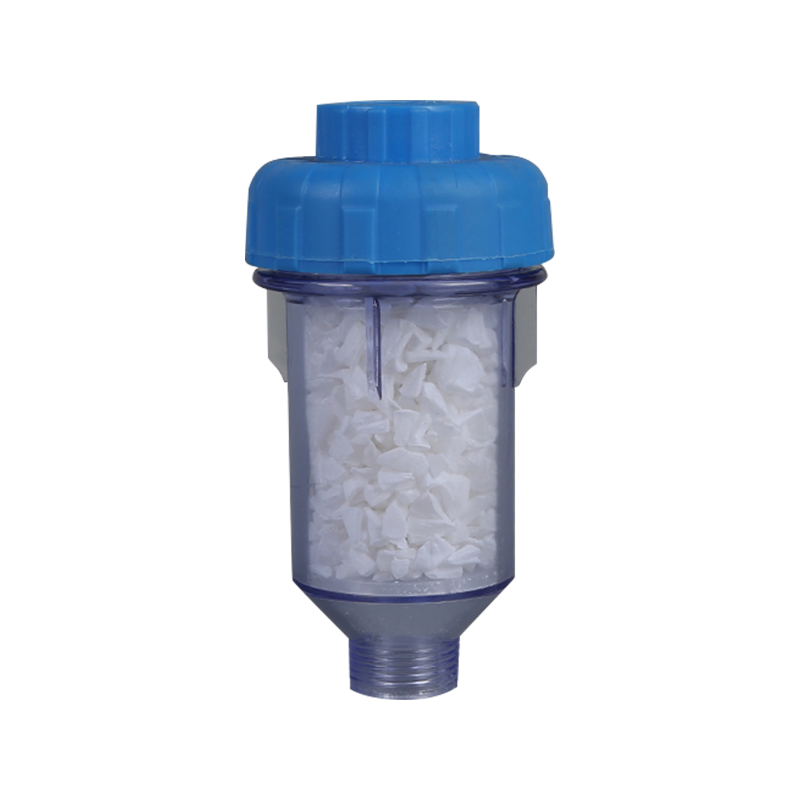 >
>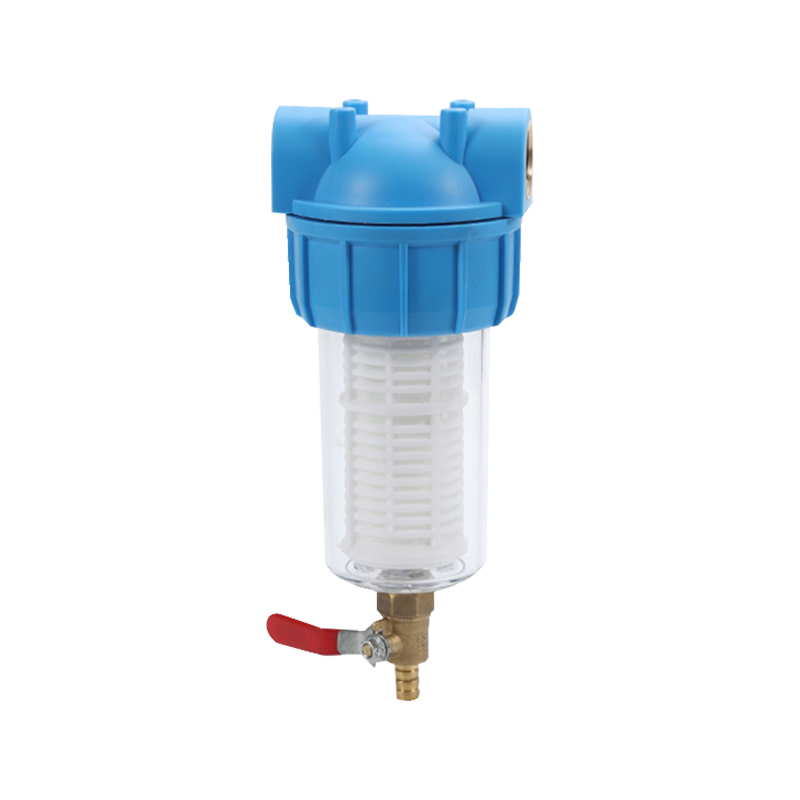 >
> >
> >
> >
> >
>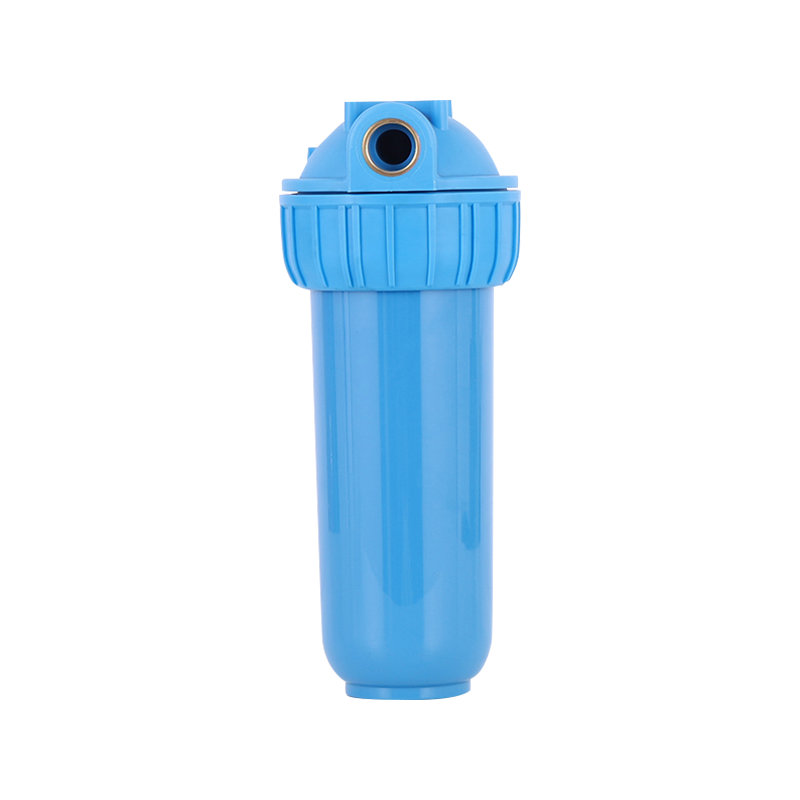 >
>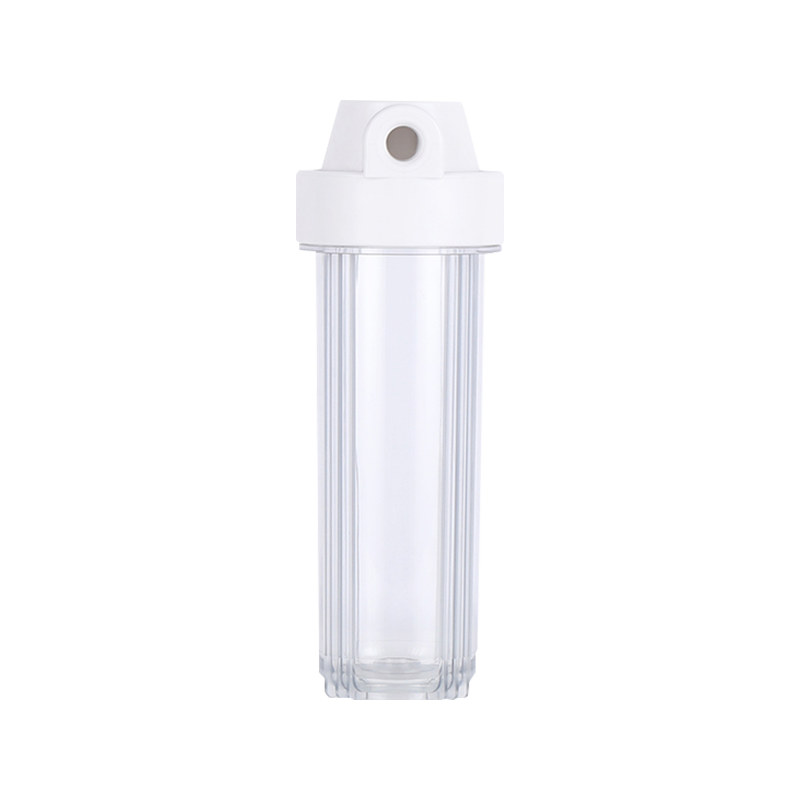 >
>
